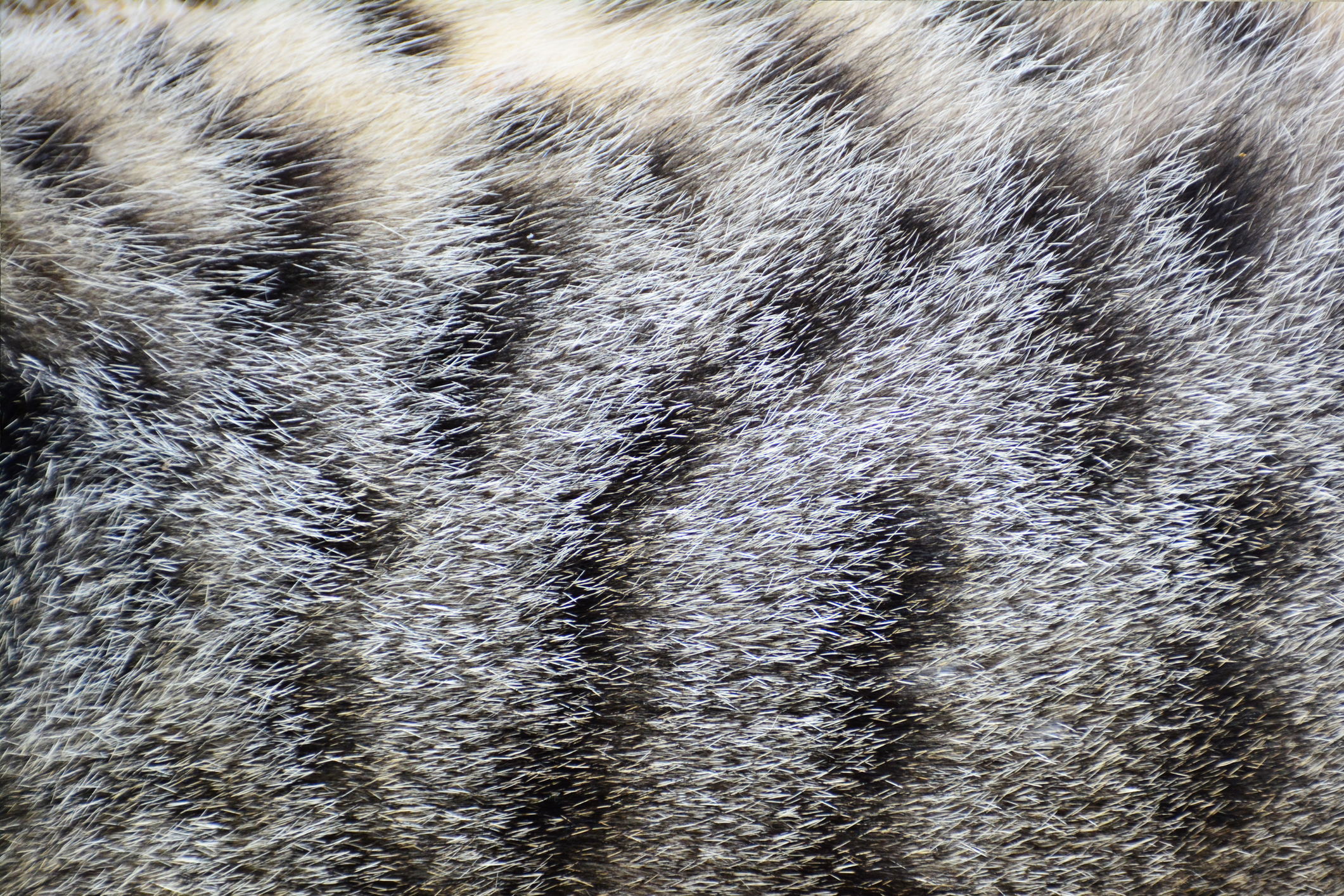It’s a sound we’ve come to associate with our happy felines: the purr. Produced when the laryngeal and diaphragmatic muscles are stimulated to vibrate, a cat’s purr has a frequency of between 25 and 150 Hertz and maintains a consistent pattern during inhalation and exhalation. But, as those who have ever put their cats in a carrier case for a trip to the vet know, this vocalization technique isn’t just reserved for that favourite scratch behind their ear. Cats also purr in times of tension and stress.
In fact, a study conducted at the University of Sussex found that cats have a “solicitous” purr when trying to communicate hunger. This particular purr is coupled with a meow that has a similar frequency to the cry of a human baby. Researchers who played a recording of the solicitous purr to people without cats reported that it still incited feelings of urgency.

Purring is also an important form of communication between cats and their newborn kittens, who don’t develop their vision and hearing until they are approximately ten days old. The feeling of their mother’s purr becomes a way to affirm safety, signal feeding time and has the evolutionary benefit of being a quiet form of communication around predators.
According to Leslie A. Lyons, assistant professor at the School of Veterinary Medicine at the University of California, beyond communication, purring may hold a secret power as well. Researchers found a low-frequency hum of purring at 25–50 Hertz could stimulate muscles and even promote bone healing. Next time you see your cat purring before one of its afternoon naps, it may be in self-repair mode.
Still curious about cats?
Learn more about your favourite feline. Try this at-home activity to find out if your cat is left or right pawed!
